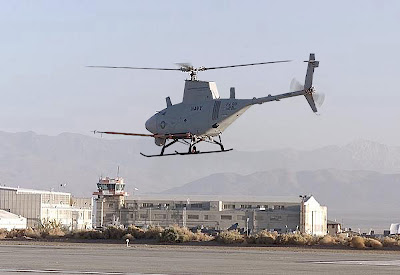A P-8A Poseidon conducts flyovers above the Enterprise Carrier Strike Group during exercise Bold Alligator 2012. Bold Alligator is the largest naval amphibious exercise in the past 10 years and represents the Navy and Marine Corps' revitalization of the full range of amphibious operations. The exercise focuses on today's fight with today's forces, while showcasing the advantages of seabasing. The exercise will take place Jan. 30 through Feb. 12, 2012, afloat and ashore in and around Virginia and North Carolina. #BA12 (U.S. Navy photo by Mass Communication Specialist 3rd Class Daniel J. Meshel/Released)
Saturday, March 3, 2012
P-8A Poseidon
A P-8A Poseidon assigned to the Bureau of Air Test and Evaluation Squadron (VX) 20 flies over the Chesapeake Bay. VX-20 is part of Naval Test Wing Atlantic. (U.S. Navy photo by Greg L. Davis/Released)
P-8A Poseidon
A P-8A Poseidon assigned to the Bureau of Air Test and Evaluation Squadron (VX) 20 replicates the characteristics of an MK-54 torpedo. (U.S. Navy photo by Greg L. Davis/Released)
MQ-8A Fire Scout
A RQ-8A Fire Scout Vertical Takeoff and Landing Tactical Unmanned Aerial Vehicle (VTUAV) System turns at its flight power setting prior to a flight demonstration at the 2005 Naval Unmanned Aerial Vehicle Air Demo held at the Webster Field Annex of Naval Air Station Patuxent River. Fire Scout has the ability to autonomously take off and land from any aviation-capable warship and at unprepared landing zones. With an on-station endurance of over four hours, the Fire Scout system is capable of continuous operations, providing coverage at 110 nautical miles from the launch site. Utilizing a baseline payload that includes electro-optical/infrared sensors and a laser rangefinder /designator, Fire Scout can find and identify tactical targets, track and designate targets, accurately provide targeting data to strike platforms, employ precision weapons, and perform battle damage assessment. The daylong UAV demonstration highlights unmanned technology and capabilities from the military and industry and offers a unique opportunity to display and demonstrate full-scale systems and hardware. This year’s theme was, “Focusing Unmanned Technology on the Global War on Terror.” (U.S. Navy photo by Photographer’s Mate 2nd Class Daniel J. McLain)
MQ-8A Fire Scout
A RQ-8A Fire Scout Vertical Takeoff and Landing Tactical Unmanned Aerial Vehicle (VTUAV) System takes off for a flight demonstration at the 2005 Naval Unmanned Aerial Vehicle Air Demo held at the Webster Field Annex of Naval Air Station Patuxent River. Fire Scout has the ability to autonomously take off and land from any aviation-capable warship and at unprepared landing zones. With an on-station endurance of over four hours, the Fire Scout system is capable of continuous operations, providing coverage at 110 nautical miles from the launch site. Utilizing a baseline payload that includes electro-optical/infrared sensors and a laser rangefinder /designator, Fire Scout can find and identify tactical targets, track and designate targets, accurately provide targeting data to strike platforms, employ precision weapons, and perform battle damage assessment. The daylong UAV demonstration highlights unmanned technology and capabilities from the military and industry and offers a unique opportunity to display and demonstrate full-scale systems and hardware. This year’s theme was, “Focusing Unmanned Technology on the Global War on Terror.” U.S. Navy photo by Photographer’s Mate 2nd Class Daniel J. McLain (
MQ-8B Fire Scout
A Northrop Grumman RQ-8B Fire Scout Vertical Take-Off and Landing Tactical Unmanned Aerial Vehicle (VTUAV) System sits on the flight line as a static display at the 2004 "In Pursuit of Liberty," Naval Air Station Oceana Air Show. The Fire Scout has the ability to autonomously take off and land on any aviation-capable warship and at unprepared landing zones in proximity to the forward edge of the battle area. The air show, held Sept. 24-26, showcased civilian and military aircraft from the Nation's armed forces, which provided many flight demonstrations and static displays. (U.S. Navy photo by Photographer's Mate 2nd Class Daniel J. McLain)
MQ-8B Fire Scout
The U.S. Navy's Fire Scout Vertical Takeoff and Landing Tactical Unmanned Aerial Vehicle (VTUAV) launches into its flight test program at the Naval Air Forces Western Test Range Complex in California. Fire Scout has been designed to provide situational awareness and precision targeting support for the Navy and Marine Corps, as a fully autonomous UAV requiring limited human intervention. Future operations are planned for the UAV this summer. (U.S. Navy Photo)
Subscribe to:
Comments (Atom)






